

Welcome to the dark and mysterious world of horror storytelling!
Here, we unravel the secrets to crafting stories that send shivers down spines and linger in the minds of readers long after they turn the last page.
Whether you’re a budding author or a seasoned writer, this guide will ignite your creativity and help you master the art of chilling tales. Prepare to delve into the shadows and explore techniques that will leave your audience breathless with fear.
1. Start with a Gripping Hook
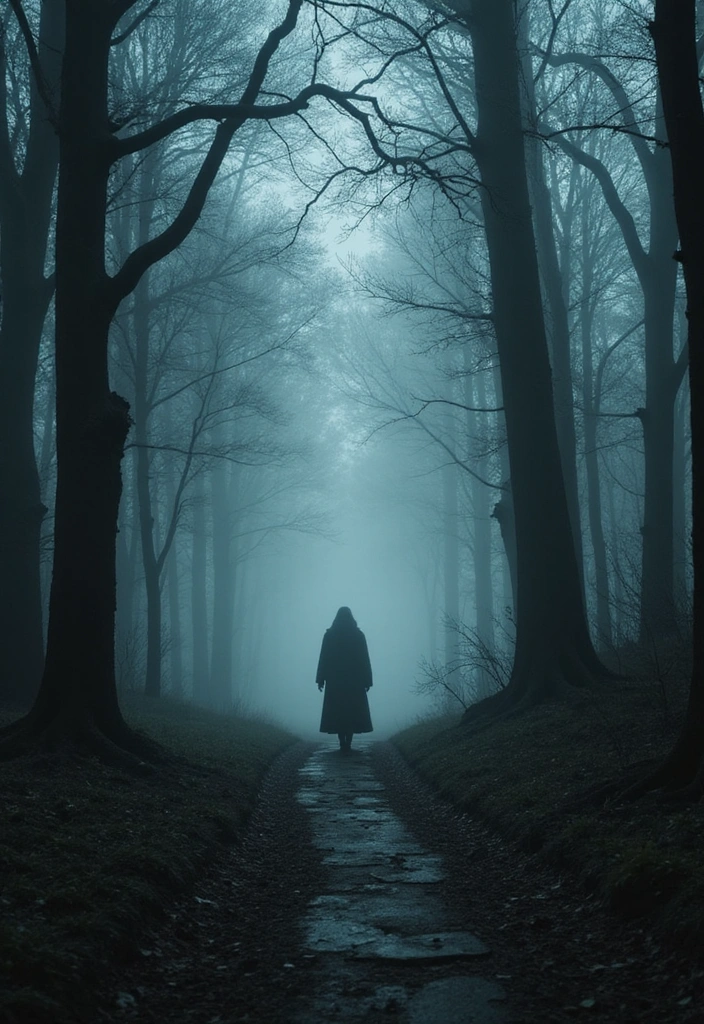
The opening line of your horror story is pivotal; it has to seize your reader’s attention right from the start.
To achieve this, consider beginning with a shocking statement, a vivid description, or a chilling question that pulls them into your eerie narrative. You might depict a scene where a character hears an unexplained noise in the dead of night or stumbles upon a disturbing photograph that raises the hairs on the back of their neck.
For those looking to refine their skills, check out How to Write a Great Hook: A Guide for Writers, which offers invaluable insights into crafting that perfect opening line.
Here are some tips for creating an effective hook:
– Utilize sensory details to paint a vivid picture in the reader’s mind.
– Introduce conflict or tension right away to engage your audience.
– Keep your opening short yet impactful, ensuring it resonates deeply.
– Foster curiosity that compels readers to keep turning the pages.
For more guidance on the elements that make horror writing truly terrifying, consider The Elements of Horror Writing.
Additionally, explore The Writer’s Journey: Mythic Structure for Writers to understand how to structure your narrative effectively.
To further inspire your writing, read the opening lines of classic horror stories. Analyze how they evoke powerful emotions and establish a haunting tone. Remember, a strong hook not only captivates your audience but also lays the groundwork for the spine-chilling tale that follows.
Product Recommendations:
• How to Write a Great Hook: A Guide for Writers
• The Elements of Horror Writing
• The Writer’s Journey: Mythic Structure for Writers
2. Develop Compelling Characters

Characters serve as the heartbeat of any narrative, and in the realm of horror, they must be both relatable and deeply flawed. Crafting protagonists that readers can empathize with goes beyond the archetypal hero; consider imbuing them with dark secrets or inner demons that they grapple with throughout the story. This approach adds layers of depth and complexity, making their journey far more engaging.
Don’t overlook the importance of your antagonists; they should be both terrifying and believable. A compelling villain isn’t merely evil for the sake of being so; they often possess motives that resonate with readers on a human level. To aid in your character development, consider utilizing a Character Development Workbook to create detailed backstories that illuminate their motivations.
Additionally, using dialogue effectively can reveal their personalities, while showcasing their vulnerabilities makes them feel more human. For those looking to express emotions authentically, The Emotion Thesaurus: A Writer’s Guide to Character Expression is an invaluable resource.
Lastly, if you’re seeking guidance on how to build well-rounded story people, Creating Characters: How to Build Story People is a fantastic tool. Remember, the more your readers invest in your characters, the more they will be captivated by their fate.
Product Recommendations:
• Character Development Workbook
• The Emotion Thesaurus: A Writer’s Guide to Character Expression
• Creating Characters: How to Build Story People
3. Build an Unsettling Atmosphere

Atmosphere plays a crucial role in horror writing; it not only sets the mood but also envelops readers in a chilling world where dread lurks at every corner. To craft this unsettling ambiance, use descriptive language that elicits feelings of tension and suspense. Think carefully about your setting; dark, isolated locations amplify the sense of fear, making every creak and shadow feel ominous. Elements such as weather, sounds, and smells can significantly enhance immersion—imagine a thunderstorm raging outside, mirroring the turmoil within a character’s psyche.
Consider diving deeper into the craft by exploring resources like The Art of Horror: An Anthology of the Horror Genre, which offers insights into effective atmospheric techniques. Additionally, Writing the Horror Movie can provide valuable guidance on building suspense and tension through setting and character development. Don’t forget to delve into The Horror Writer’s Handbook for expert tips on incorporating sensory details that evoke fear, ensuring that readers feel as if they are living the horror alongside your characters. Remember, the ultimate goal is to create an experience so vivid that your audience cannot help but be drawn into the chilling narrative.
Product Recommendations:
• The Art of Horror: An Anthology of the Horror Genre
• Writing the Horror Movie
• The Horror Writer’s Handbook
4. Create Tension with Pacing

Pacing plays a crucial role in crafting compelling horror narratives, as it directly influences the story’s rhythm. By manipulating the tempo, you can create a sense of dread or urgency; slow, measured pacing can build an atmosphere of suspense, while rapid, jarring moments can induce panic in your readers. To master this art, consider utilizing resources like Pacing for Writers: How to Understand and Control the Rhythm of Your Story and The Writer’s Guide to Pacing.
Experimenting with sentence length and structure can significantly enhance your pacing. For instance, employ short, choppy sentences to evoke a sense of urgency during high-stakes moments, while longer, more descriptive passages can heighten anticipation.
Additionally, consider alternating between calm, introspective scenes and nail-biting action sequences to keep your readers engaged. Cliffhangers at the end of chapters can further maintain tension and keep them eagerly turning the pages. Striking a balance between description and dialogue is also essential in creating a well-paced horror story. By honing your pacing skills, you can transform your horror tale from merely good to truly unforgettable.
Product Recommendations:
• Pacing for Writers: How to Understand and Control the Rhythm of Your Story
• The Writer’s Guide to Pacing
• The Anatomy of Fear: How to Write Scary Stories that Haunt Readers
5. Use Symbolism and Foreshadowing

Symbolism and foreshadowing are essential tools that add depth and complexity to your horror stories, enhancing the reader’s experience. By incorporating symbols, such as a recurring motif like a broken mirror, you can convey themes of shattered identities or unreliability, allowing readers to uncover deeper meanings. Resources like Symbolism: A Writer’s Guide can help you understand how to weave these elements seamlessly into your narrative.
Foreshadowing serves to build anticipation and dread by hinting at events that will unfold later in the story. It’s crucial to use subtle details that will resonate more profoundly as the plot progresses. The book The Art of Subtext: How to Write Hidden Meaning in Fiction offers insights into crafting these subtle hints effectively.
As you reflect on your story’s themes, look for suitable symbols that can enrich your narrative. If you want to delve deeper into the significance of symbolism in writing, consider picking up Writing with Symbolism: A Study of Meaning. This technique not only captivates your audience but also encourages them to think critically about the underlying messages in your story.
Product Recommendations:
• Symbolism: A Writer’s Guide
• The Art of Subtext: How to Write Hidden Meaning in Fiction
• Writing with Symbolism: A Study of Meaning
6. Write with Emotion
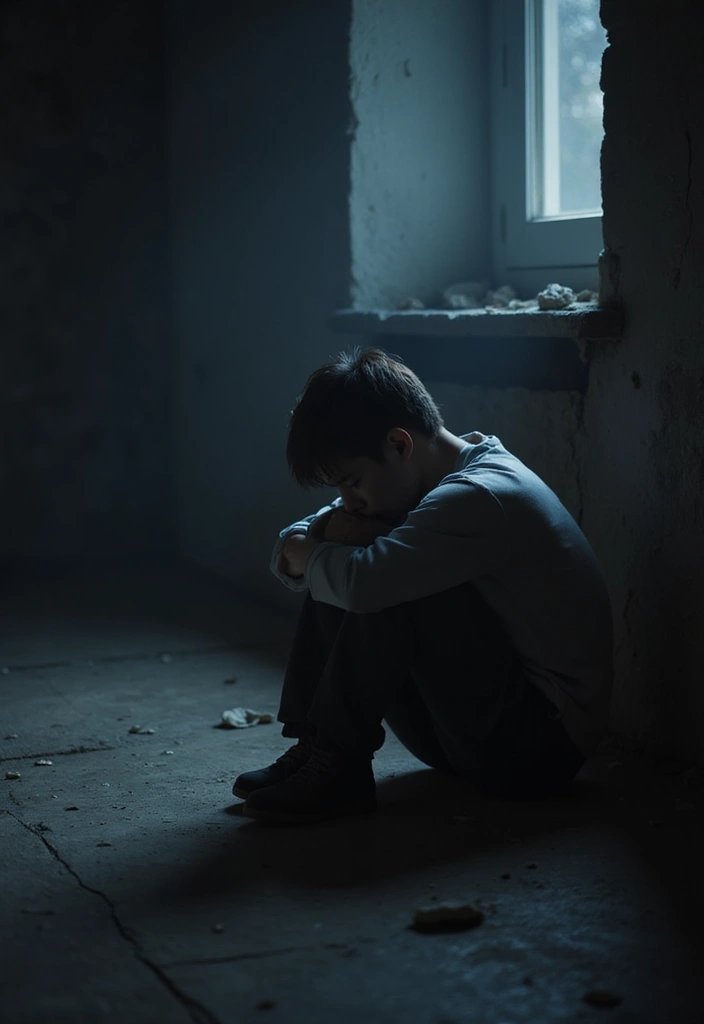
To truly create a haunting experience for your readers, it’s essential to delve into authentic emotions.
Fear, despair, and hopelessness should resonate deeply on a personal level. Channel your characters’ emotions through vivid descriptions and relatable experiences, allowing readers to feel their fear as if it were their own. By using visceral language to encapsulate sensations and feelings, you can forge a connection that leaves a lasting impression.
Consider utilizing resources like The Emotion Thesaurus: A Writer’s Guide to Character Expression to enhance the depth of your characters’ emotional journeys.
Here are some effective strategies to evoke emotion:
– Show rather than tell; create scenarios that allow readers to truly feel the emotions at play.
– Use internal monologues to provide insight into characters’ thoughts, helping readers to empathize with their struggles.
– Establish relatable stakes that resonate with your audience, drawing them further into the narrative.
Additionally, consider exploring Writing Down the Bones: Freeing the Writer Within for techniques that can help you express these emotions more freely.
Remember, when readers forge an emotional connection, they become more invested in the story, amplifying the effectiveness of the horror elements presented. For more on crafting emotional narratives, The Writer’s Guide to Emotion can be a valuable addition to your writing toolkit.
Product Recommendations:
• The Emotion Thesaurus: A Writer’s Guide to Character Expression
• Writing Down the Bones: Freeing the Writer Within
• The Writer’s Guide to Emotion
7. Craft Effective Dialogue
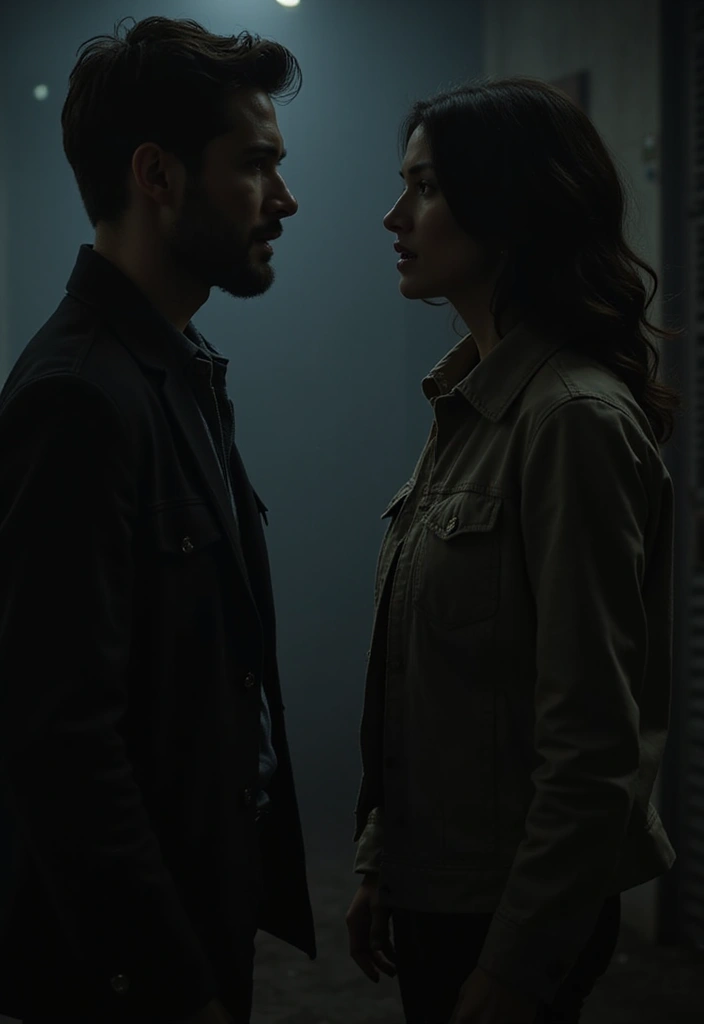
Dialogue serves as a formidable instrument in the realm of horror storytelling. It not only unveils the dynamics between characters but also heightens tension and propels the plot. Authentic and engaging dialogue enhances the believability of your characters, making them relatable and real. Harness dialogue to express fear, urgency, and conflict, while considering each character’s unique background and voice.
To master the art of dialogue, check out resources like The Art of Dialogue: How to Write Effective Conversations, which provides invaluable insights into creating compelling conversations.
Remember to keep your dialogue realistic; people often do not communicate in complete sentences. Incorporate subtext by allowing characters to say one thing while implying another, adding layers of tension to their exchanges. For those venturing into the world of scripts, Writing Dialogue for Scripts: Effective Dialogue for Film and TV is a fantastic guide to mastering dialogue in a cinematic context.
Finally, vary the length and rhythm of your dialogue to align with the pacing of your story. For a handy reference, consider The Dialogue Thesaurus, which can help you find just the right words and phrases to enrich your chilling narrative. Well-crafted dialogue can truly draw readers deeper into the eerie atmosphere you create.
Product Recommendations:
• The Art of Dialogue: How to Write Effective Conversations
• Writing Dialogue for Scripts: Effective Dialogue for Film and TV
• The Dialogue Thesaurus
8. Discover the Power of Surprise

Horror stories thrive on the thrilling element of surprise.
Unexpected twists and turns can leave readers breathless, making them question everything they thought they understood about the narrative. To master this technique, consider exploring resources like The Plot Whisperer: Secrets of Story Structure Any Writer Can Master, which can help you uncover the mechanics behind effective storytelling.
Incorporate plot twists that challenge assumptions, revealing hidden motives or shocking truths that dramatically shift the story’s direction.
Here are some strategies to create surprise:
– Plant subtle clues that hint at the twist without revealing it outright.
– Use red herrings to mislead readers before the big reveal.
– Aim for an emotional punch that resonates with the twist, ensuring it hits hard.
For further insights on crafting those impactful twists, check out The Writer’s Guide to Twists and Turns.
Surprise keeps readers on their toes and ensures your story lingers in their minds long after they’ve turned the last page.
Product Recommendations:
• The Writer’s Guide to Twists and Turns
• The Plot Whisperer: Secrets of Story Structure Any Writer Can Master
• Writing Horror: A Handbook by the Horror Writers Association
9. End with a Bang
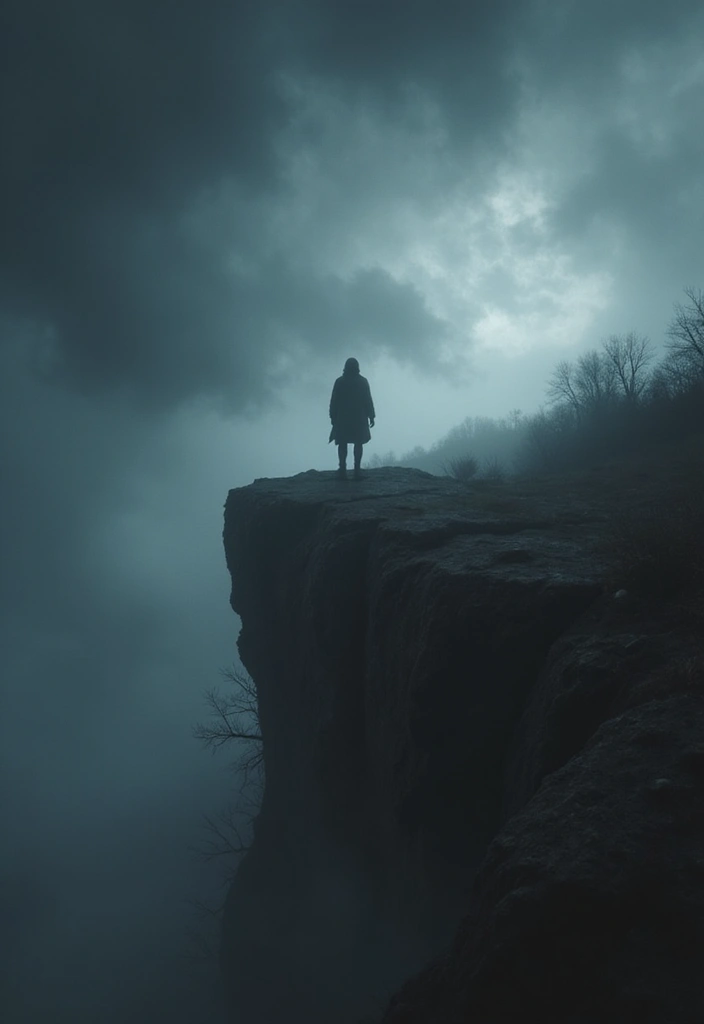
The conclusion of your horror story is just as crucial as its captivating beginning. An effective ending should leave readers feeling unsettled or shocked, inviting them to reflect on the story long after it has ended. Consider employing techniques such as leaving key questions unanswered or delving into themes of fear and the unknown. An ambiguous ending can linger in readers’ minds, making them ponder the implications of your narrative.
To craft a truly memorable ending, ensure that you tie up major plot points while leaving some threads unresolved. This balance can enhance the intrigue of your story. Reflecting on the main themes not only provides depth but also reinforces the emotional resonance of your tale. Additionally, think about incorporating a final twist that shifts the reader’s perspective, leaving them in awe of your storytelling prowess.
For those looking to delve deeper into the art of crafting compelling narratives, consider exploring The Writer’s Journey: Mythic Structure for Writers, which offers insights into narrative structure, or check out The Complete Guide to Writing Endings for strategies specifically focused on concluding your stories with impact. Remember, a powerful ending can elevate your story to legendary status.
Product Recommendations:
• The Writer’s Journey: Mythic Structure for Writers
• The Complete Guide to Writing Endings
• Scary Stories to Tell in the Dark
10. Revise and Edit Relentlessly

The first draft serves merely as the foundation; it is through the art of revision that your horror story truly takes shape. As you reread your manuscript, adopt a critical perspective to identify areas ripe for enhancement, such as pacing issues, plot inconsistencies, and character development gaps. To elevate your work further, consider the insights of beta readers who can offer valuable, fresh viewpoints.
For guidance on this transformative process, check out The Art of Revision: A Writer’s Guide. This resource will equip you with essential techniques to refine your narrative.
Additionally, take a step back from your writing before diving into revisions to gain a clearer perspective. Reading your story aloud can help you identify awkward phrasing and stilted dialogue, allowing you to create a more natural flow. Don’t forget to balance big-picture edits with meticulous attention to detail, ensuring that every sentence contributes to the overall atmosphere of dread.
For more insights on the craft of writing, The Writing Life: Writers on Craft and Writing Tools: 55 Essential Skills are invaluable resources that can further enhance your skills. Remember, the revision process is crucial for transforming your horror story into a spine-chilling masterpiece that lingers in the minds of your readers.
Product Recommendations:
• The Art of Revision: A Writer’s Guide
• The Writing Life: Writers on Craft
• Writing Tools: 55 Essential Skills
11. Read Widely in the Genre
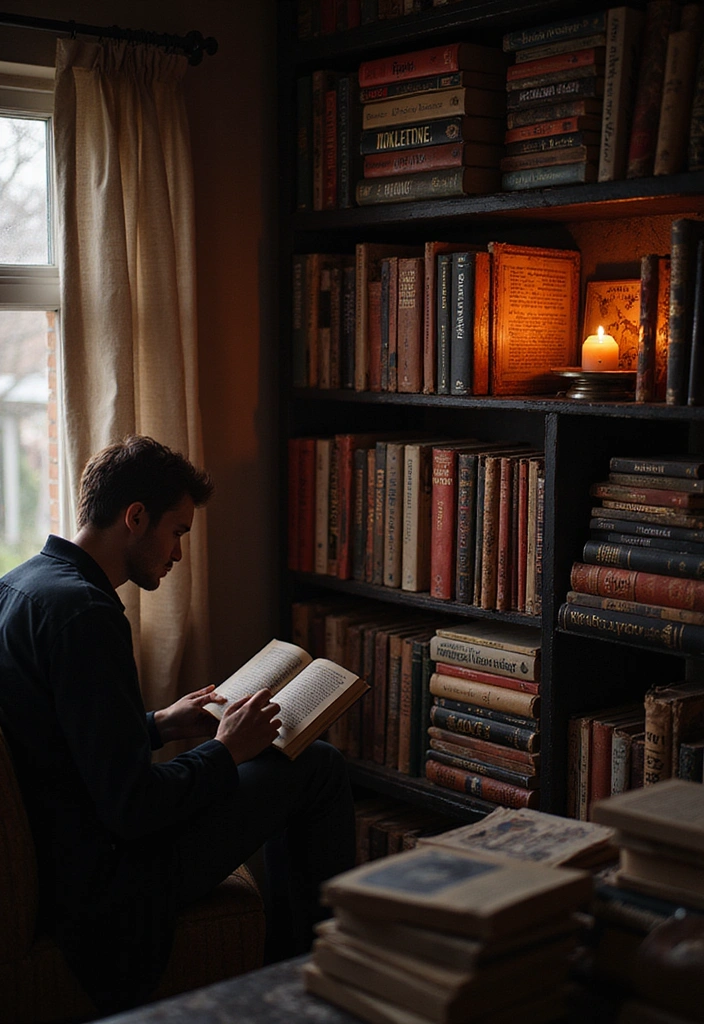
To write compelling horror stories, it’s essential to immerse yourself in the genre.
Reading both classic and contemporary horror literature allows you to explore various styles, themes, and techniques that define the genre. Analyze what makes certain stories effective while others fall flat. Pay close attention to how authors build tension, develop their characters, and craft unforgettable endings.
For a well-rounded perspective, consider delving into The Best Horror Short Stories: A Collection of Classic and Contemporary Tales. This collection showcases how brevity can significantly enhance horror. Additionally, Stephen King’s epic The Stand offers a masterclass in character development and world-building, while Shirley Jackson’s chilling The Haunting of Hill House exemplifies psychological horror at its finest.
Engaging in book clubs or online forums to discuss and dissect horror literature can further enrich your understanding and appreciation of the genre. By reading widely, you can ignite your creativity and discover your unique voice as a horror writer.
Product Recommendations:
• The Best Horror Short Stories: A Collection of Classic and Contemporary Tales
• The Stand by Stephen King
• The Haunting of Hill House by Shirley Jackson
12. Embrace Your Unique Voice

Every writer possesses a distinctive voice, and embracing yours is crucial to making your horror stories stand out.
Don’t hesitate to explore various styles, tones, and perspectives, as your voice reflects your unique experiences and emotions, infusing authenticity into your narratives. You might even consider blending elements of humor, irony, or philosophical insights to craft a truly unique tale.
To help you develop your voice, consider reading Writing Down the Bones: Freeing the Writer Within for inspiration on unlocking your creativity. Additionally, The Writing Life: Writers on Craft offers valuable insights from established writers that can help you analyze and appreciate different writing styles. Finally, the Writer’s Idea Book is an excellent resource for prompting fresh ideas and discovering your unique narrative voice.
Remember, your voice is a powerful tool in forging a connection with readers and delivering the chilling horror they seek.
Product Recommendations:
• Writing Down the Bones: Freeing the Writer Within
• The Writing Life: Writers on Craft
• Writer’s Idea Book
13. Attend Workshops and Writing Groups

Engaging with fellow writers can provide you with invaluable insights and support, especially when it comes to honing your horror storytelling skills. By joining writing groups or workshops that focus specifically on horror, you can share your work and receive constructive feedback tailored to your genre.
Consider exploring resources like The Writers’ Workshop: A Guide to Creative Writing to enhance your understanding of creative writing techniques. Additionally, The Writer’s Digest Guide to Writing Workshops offers insights into how to effectively participate in workshops, ensuring you make the most of these experiences.
You may also find The Complete Guide to Writing Groups helpful for identifying and joining the right writing circles. Look for local clubs or online forums dedicated to horror, and consider participating in writing challenges or contests to sharpen your skills. By fostering a supportive environment where feedback is constructive and encouraging, you can connect with other writers who will motivate you to improve and explore new avenues in your horror writing journey.
Product Recommendations:
• The Horror Writer’s Handbook: A Complete Guide to Writing Scary Stories
• Writing Horror: A Handbook for Authors
• The Art of Horror: A Guide to Writing and Filming Scary Stories
14. Experiment with Different Formats

Horror is a versatile genre that can transcend traditional prose, inviting creators to explore various formats that enrich their narratives. By experimenting with scripts, poetry, or even multimedia storytelling, you can infuse your horror tales with unique elements that resonate with different audiences.
For instance, writing a screenplay can sharpen your focus on dialogue and pacing, making it essential for creating tension and building suspense. To dive deeper into this format, consider checking out The Screenwriter’s Workbook: A Practical Guide to Writing a Screenplay for practical guidance.
Alternatively, poetry allows you to convey emotions through vivid imagery, capturing the essence of horror in a compact form. To hone your poetic skills, The Poetry Toolkit can provide valuable insights and techniques.
Furthermore, graphic novels merge visual artistry with storytelling, offering a dynamic way to present horror. If you’re interested in this format, explore The Art of Graphic Novels to understand how illustrations can enhance your narrative.
By exploring these diverse formats, you can spark your creativity and broaden your storytelling horizons in the realm of horror.
Product Recommendations:
• The Screenwriter’s Workbook: A Practical Guide to Writing a Screenplay
• The Poetry Toolkit
• The Art of Graphic Novels
15. Stay True to Your Passion
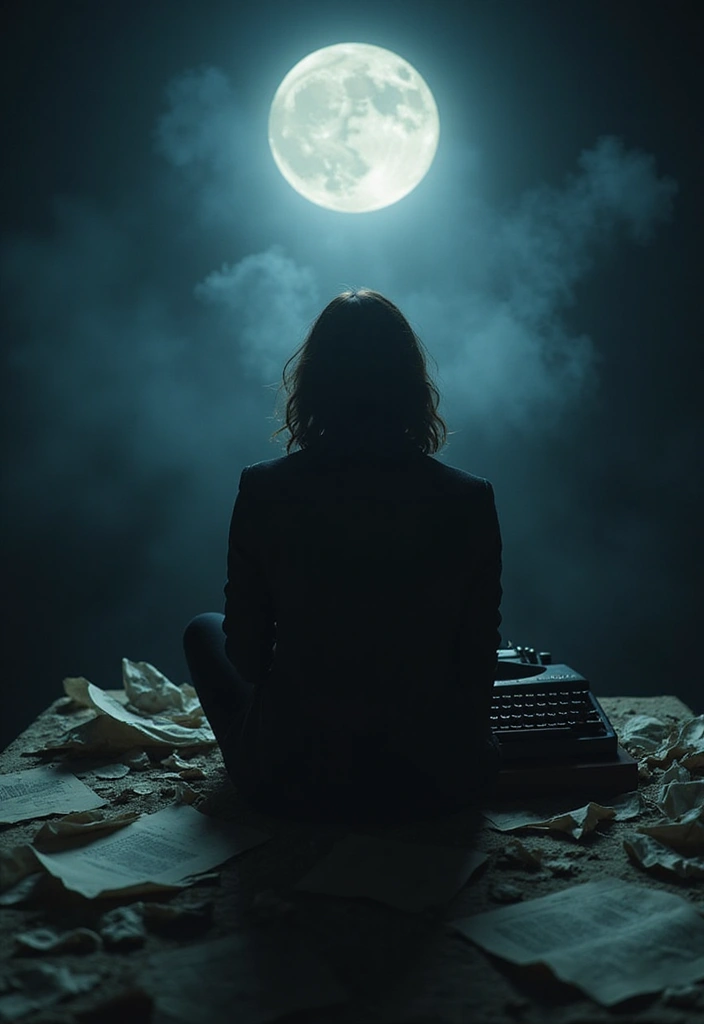
Ultimately, the essence of creating spine-chilling horror stories lies in remaining true to your passion. Dive deep into what sends shivers down your spine, what captivates your imagination, and what intrigues you the most. Your authentic enthusiasm will illuminate your writing, pulling readers into the haunting worlds you create.
Embrace the art of horror writing with an open heart; don’t hesitate to express your unique perspective and voice. For those looking to refine their craft, consider resources like The Writer’s Journey: Mythic Structure for Writers for insights on narrative structure, or On Writing: A Memoir of the Craft for inspiration and practical advice.
Keep pushing the boundaries of your creativity, and remember to connect with your audience through shared fears and experiences. To deepen your understanding of the genre, The Complete Guide to Writing Horror serves as an invaluable tool. By staying true to your passion, you’ll craft horror stories that resonate and linger in the minds of readers long after they’ve turned the final page.
Product Recommendations:
• The Horror Writer’s Handbook
• Horror Writing: The Ultimate Guide to Writing Scary Stories
• The Art of Horror Writing: A Comprehensive Guide to Writing Chilling Tales
Conclusion
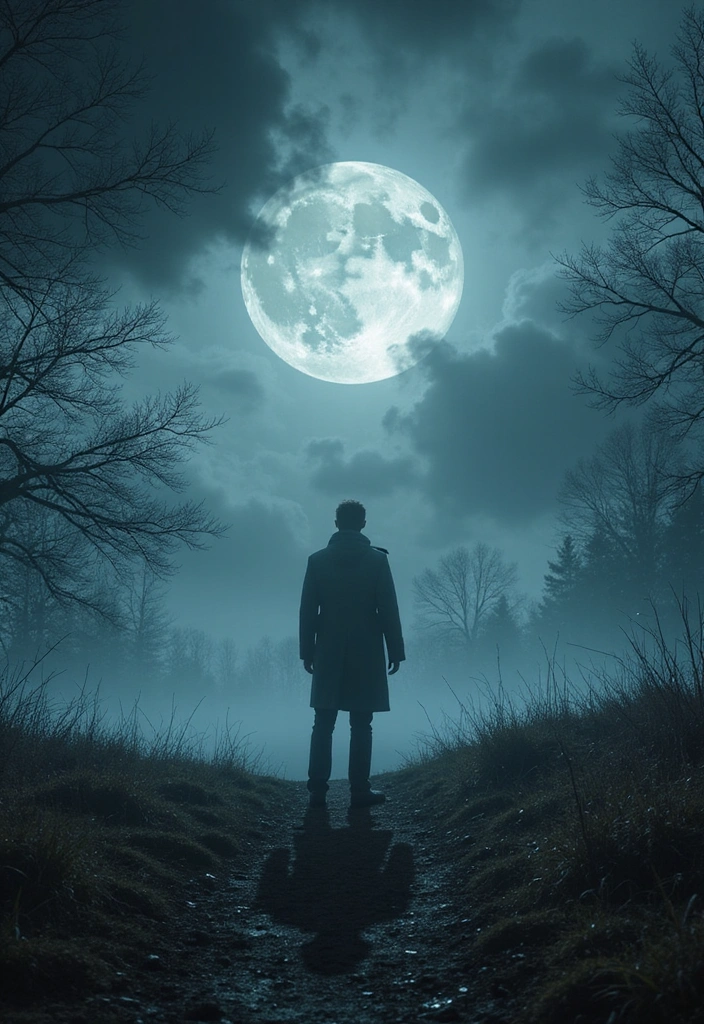
Crafting spine-chilling horror stories is an art that requires creativity, emotion, and a deep understanding of your audience.
By following these steps, you can hone your skills and create tales that linger long after reading. Remember, the darkness can be a powerful source of inspiration; embrace it and let your imagination run wild. Share your stories, connect with fellow horror enthusiasts, and keep the spirit of horror alive!
Note: We aim to provide accurate product links, but some may occasionally expire or become unavailable. If this happens, please search directly on Amazon for the product or a suitable alternative.
This post contains Amazon affiliate links, meaning I may earn a small commission if you purchase through my links, at no extra cost to you.

